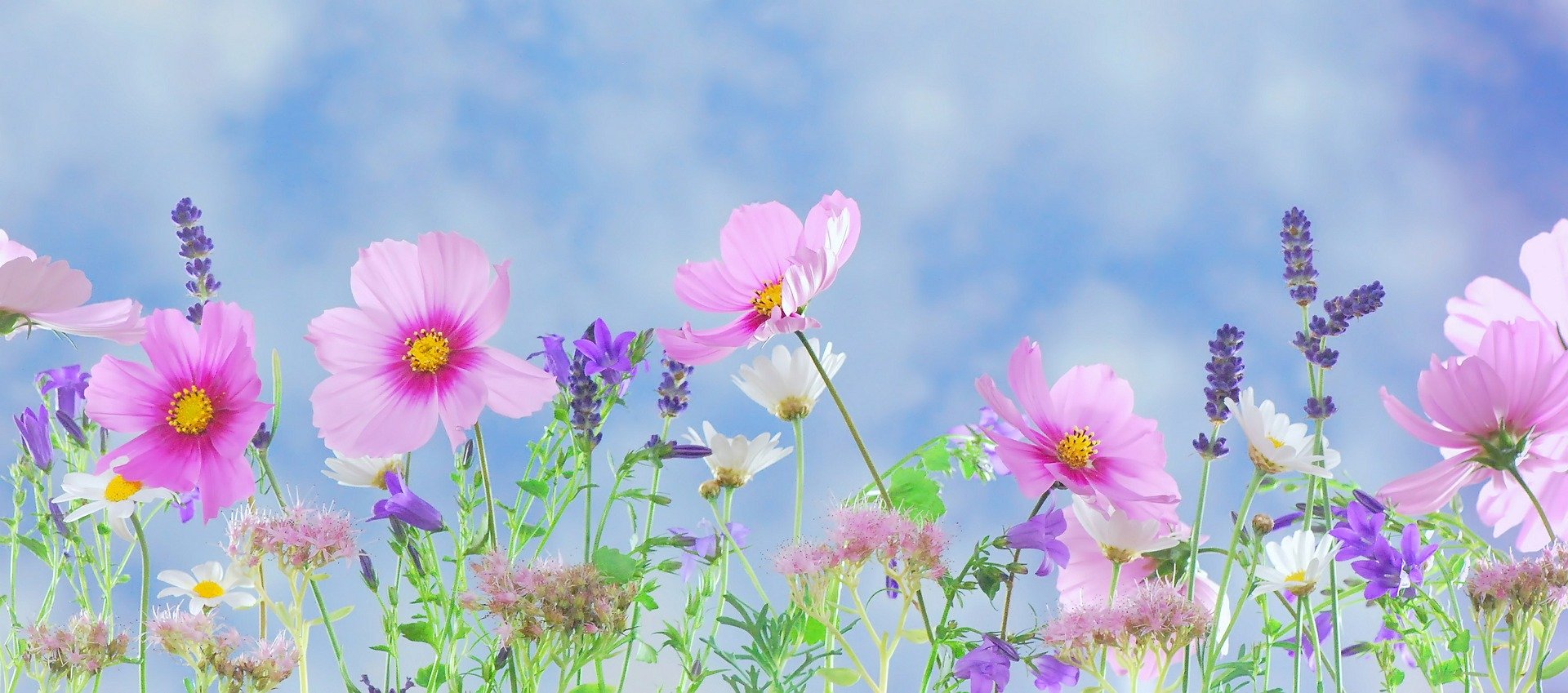
A phytochemical substance or phytochemicals are chemical compounds produced my plants and are generally designed to provide a benefit of some sort such as a defence against pathogens, to help thwart predators (for example they may be a poisonous substance in leaves), or provide a competitive advantage (such as growth inhibitors that are released and affect other nearby plants). Many of these phytochemical substances have been used throughout history as, for example, poisons or in traditional medicines. The root of the word ‘photochemical’ comes from ‘phyto’, the Greek for ‘plant’ and the word chemical (which is a distinct compound or substance, especially one which has been artificially prepared or purified) comes from the French chimique or further back, modern Latin chimicus, chymicus, or even further back from medieval Latin alchymicus.
Phytochemicals are usually regarded as research compounds as opposed to essential nutrients (until any health benefits have been properly established). Phytochemicals that are being researched are generally classified into major categories such as carotenoids and polyphenols (which include phenolic acids, flavonoids, and stilbenes/lignans). Flavonoids are again often also divided into groups based on their similar chemical structure (such as anthocyanins, flavones, flavanones, isoflavones, and flavanols). Flavanols can also be classified as catechins, epicatechins, and proanthocyanidins.
The job of studying phytochemicals is done by a phytochemists begins by extracting and isolating the compounds from the origin plant, before defining their structure or testing in laboratory model systems, such as cell cultures, in vitro experiments, or in vivo studies using lab animals.
An example of a company that manufactures, sells and qualifies phytochemicals is Extrasynthese (based to the North of Lyon, in France) who have been working for over 30 years in extraction, separation, purification and analytical technologies from which they have developed more than 1000 substances in their catalogue. These substances, herbal standard and the reference substance are supplied to academic, regulatory, agricultural and industrial bodies dealing with plants and herbal products.